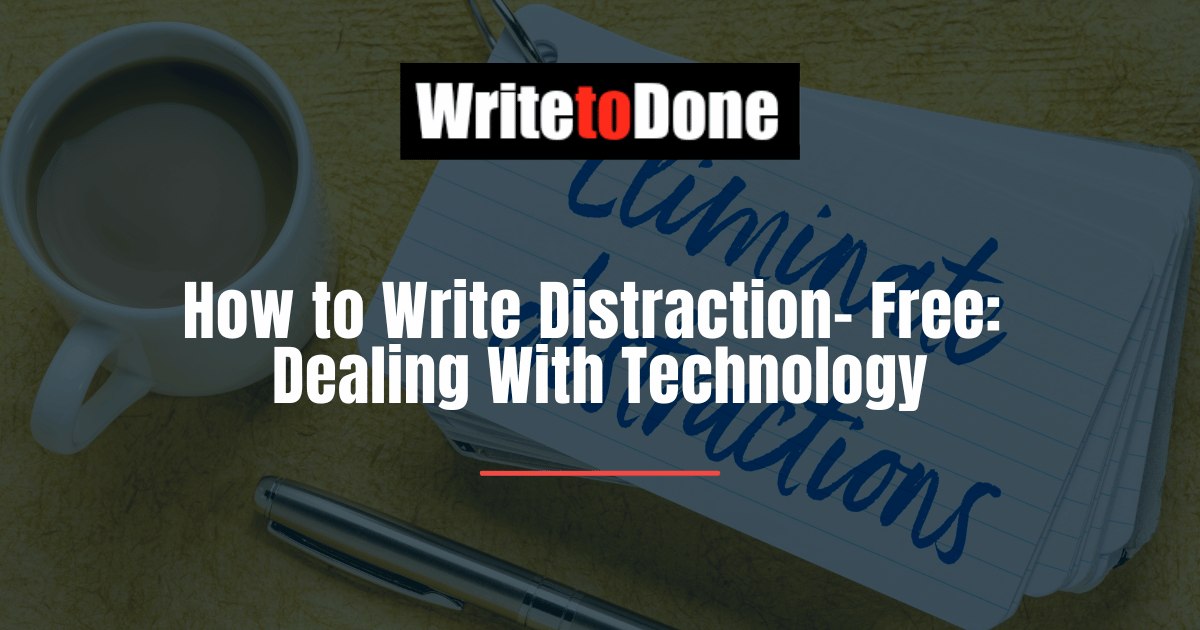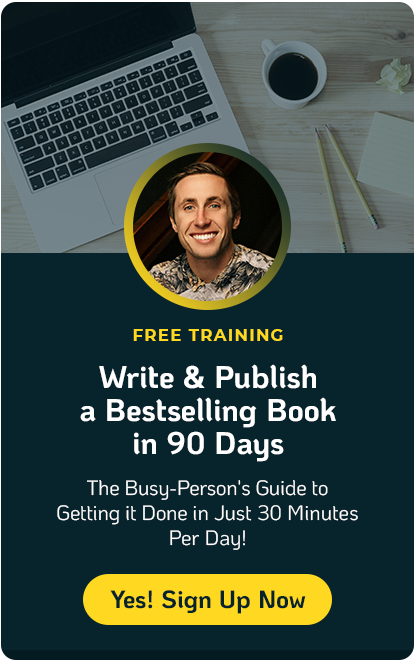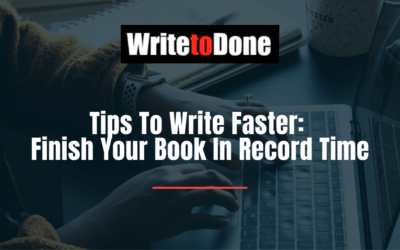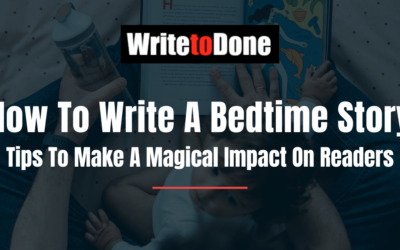Part I – Getting Un-Frustrated
Let’s face it, it’s we’d all like to be able to write distraction-free. However, using your computer to write can be so frustrating. There’s error messages, software updates and bugs. Plus, with new iThings coming out practically every month, how do you keep up?
Have you ever noticed how there are people who never seem to have trouble with technology? Regardless of what’s new, they always ‘get it’ immediately without any no lead time. Unfortunately, we’re not all lucky enough to count ourselves in that group.
Let’s forget about those “technology natives” for a minute and explore the source of your frustration- when you’re trying to get something done, and technology stands in your way.
Technology as a Means to an End
For all intents and purposes, your computer, iPad and Smart Phone are just means to an end. That end could be communicating with loved ones or customers, creative writing, or designing something that will eventually be a physical item like a poster or business card.
The reason those technology natives are so good at getting it is that they not only realize that technology is a means to an end, but they understand that there are always multiple pathways to solving a single problem. Their seeming ability to do anything on the computer is just an illusion. Rather than trying to scale every mountain, they simply try a different route
Here’s the good news. This isn’t something you’re born with. You can build this skill. The more practice you have, the more intuitively you’ll navigate through technology problems and be able to write distraction-free.
So, you’ve run into trouble.
Here are some things you can do to refocus and find your way around the problem:
- Don’t thrash. If you’ve been trying at something for more than 15 minutes, stop. You’re probably getting frustratedand frustration leads to haste and missteps. Work on something else and come back to what you’re trying to do later.
- Define the problem. Ask yourself: “what am I trying to do?” Now, rephrase that as a question. Say you’re trying to print a spreadsheet with borders from Microsoft Excel. The question form of that would be, “how do I print with borders from Microsoft Excel?”. Now you’re going to practice one of the skills that technology natives have mastered: searching. Go to google (recommended) or your favorite search engine and type in the question form of your problem. 9 out of 10 times, the correct answer is within the first 3 search results.
- When you find the answer, follow the instructions. Be thorough, and don’t get intimidated. There’s a big misconception that you’re going to ‘break’ something if you deviate from what you’re used to. It’s highly unlikely that any one thing you do will irreparably screw things up.
- Monitor self-talk. When I coach clients on their technology skills and am approached with a problem, I ask them to show me what they’ve tried and talk out loud through the problem. You’d be amazed how much negative self-talk I hear. Things like “I’m so bad a technology”, or “I can never understand this” are frequently in the vocabulary of those who are struggling. If you’re always telling yourself that you’re bad with technology, you will always be bad with technology. Be kind to yourself.
- Learn how to ask for help. The internet is a vast resource, and there is bound to be someone who can help you solve whatever technology problem you’ve run into. Unfortunately, there can be a strong communication barrier between those seeking support and those offering it. Learn how to ask for help the right way online so you can benefit from the all of the combined generosity and goodwill that exists online.
Part II – Removing Distractions
Not all software is created equally. If technology is a means to an end, you can choose to use software that is as transparent as possible when it comes to turning your input into an output. These tools are designed so that the software itself is as minimally involved as possible. And when it comes to writing, minimizing distractions is absolutely crucial if you truly want to write distraction-free.
Writing:
For the first 15 years I used a computer, when I needed to write something I would fire up Microsoft Word and type away. Of course, 3 minutes later I would be messing with font spacing, margins and formatting. The result was that I didn’t get much writing done.
The solution? Distraction-free writing environments. These programs usually operate in full-screen mode, so you don’t get distracted by email, web browsers or instant messenger. They usually come sans-font selection, formatting, and other niceties found in your average word processing program. The result is that you can focus on what you need to do: write. There are a lot of similar programs available, here are the ones I like:
WriteRoom – The original distraction-free writing program with their signature matrix-like green on black screen. WriteRoom lets you customize the look and feel of your full screen environment. Signature green on black color palate is customizable.
OmmWriter – I used OmmWriter for a while as well. OmmWriter is meant to be a full sensory experience, so it has gentle background sounds (designed to help you forget what’s going on around you) and three different ‘typing’ sounds you can choose from. This is also a good option if you’re on a PC. You can get free versions for PC and Mac.
IAWriter – This is my current favorite. I find the writing environment to be really clean and easy on the eyes, plus the innovative focus mode grey’s out everything except the sentence you’re currently writing. (I wrote this article distraction free, in IAwriter).
Web Browsing
I find the default browsers that come with computers (Safari for mac and Internet explorer for Windows) to be bulky and less user friendly. I don’t want the browser I’m using standing in the way of the internet. For that reason, I highly recommend switching to Google Chrome. Not only is Chrome the speediest browser you’ve ever used (seriously, you’ll notice how fast it starts and loads pages), but it also has a very clean, minimalist interface that is intuitive and stays out of the way.
If you’ve gotten fed up with Outlook one time too many, you should consider making a switch to Gmail. This is Google’s free email service, and has really been pushing the email ‘envelope’ in the last few years. Both in terms of innovative features, and ease of use. Accounts are free, and they have a number of migration tools to help you make the switch as seamlessly as possible.
Here’s another email tip to reduce frustration. Don’t use your personal email for business. Why?
- Using Gmail for your personal email is great, but for any kind of promotional communication with customers, you will have much better results working with a real mailing list provider.
- Your email list is the single most important piece of your online presence beyond your website. It’s what enables you to mobilize your customers and fans to take action.
- It’s not technically difficult, but knowing the right provider to choose and how to set things up will save you a lot of time.
- If you’re a business owner without a rocking email list, Cloud Coach has a free course. Learn how to build a profitable and responsive email list here.
Let’s wrap things up. The next time you’re having technology trouble the first thing you need to do is stop thrashing. Define the problem, find an answer, and try it out. Keep an ear open for negative self-talk, and learn to ask for help when you can’t find the answer yourself. With decreased frustration from using technology, you’ll find that you’re more productive, faster, and happier when using your computer. Choosing to use software that is designed with usability in mind will also help reduce distraction and frustration when you’re trying to create.
How do you write distraction-free when technology gets in your way? What are some areas where you need to improve? Share your tips and comments!
















